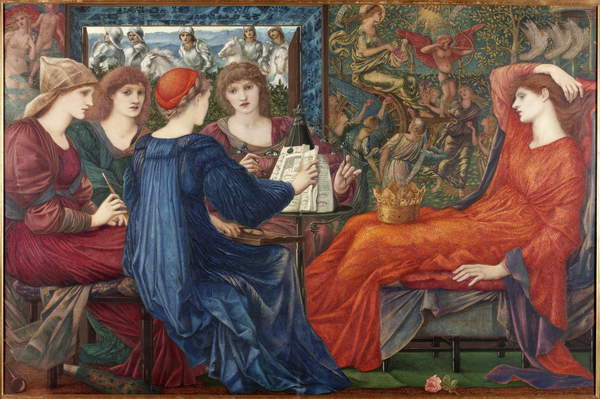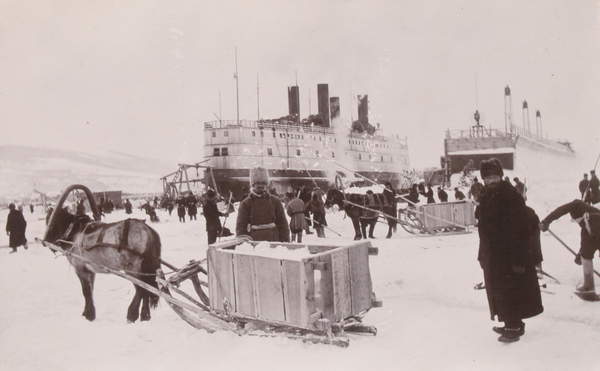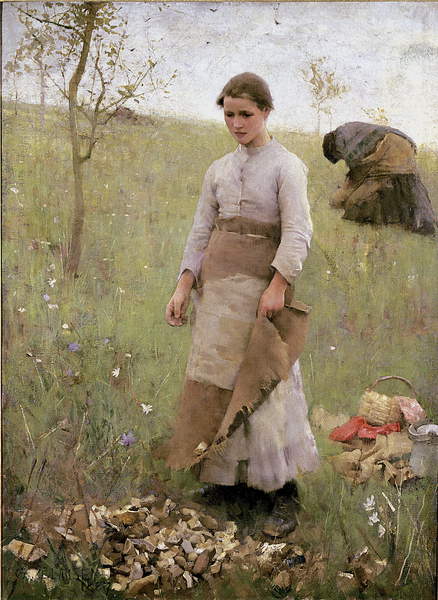Published 15/08/2018
The Great Exhibition Of The North has been celebrated as the country's biggest event of 2018, packing a summer-long extravaganza of exhibitions, events, gallery displays and more - all free of charge and in celebration of the pioneering spirit of northern culture.
A large selection of different northern galleries, institutions and museums are taking part in the exhibition, which is primarily based in one of the north's biggest cultural hotspots - Newcastle - with galleries like the BALTIC and their collections, which bristle with character, taking centre stage. The Great Exhibition of the North is a three month celebration of this region, focusing on its past achievements and potential for the future.
The Tyne and Wear archive are also involved in the show - like the other participants, the archive presents an excellent and comprehensive record of the region's history; demonstrated in their case by paintings, photographs, prints, drawings, scans, sculptures and objects.

The archive is located in Newcastle's Discovery museum. As well as the archive, there are nine additional museums and galleries owned by the Tine and Wear Archives and Museums, whose focuses range from excavations of Hadrian’s Wall at Segedunum Roman Fort to the ground floor at the Laing Art Gallery which is dedicated to showing work created by local artists.

The Archives’ ability to draw links between past and present is one of its main attractions. An image showing the launch of SS Faraday, built for the Siemens brothers to lay cables between America and England, not only highlights the technological contributions of Newcastle but is significant to the contemporary viewer, as Siemens are a key sponsor for the Great Exhibition of the North currently taking place within the Newcastle-Gateshead area.

The Get North Art Trail is one of three routes suggested by the Great Exhibition to explore Newcastle which take the viewer around historic sites in the city, which typically now have artistic merits or connotations - for example The Biscuit Factory, which (as its name implies) was once a factory, and now stands as an art gallery. Sponsors include Greggs, Newcastle University and Stagecoach; the diversity of industries sponsoring the Great Exhibition is representative of the variety of themes explored within the exhibition.

On occasion, locations picked out in paintings or engravings can still be seen and recognised today and viewers are also encouraged to visit these locations. One such example is the main street in Newcastle, picked out below in paint by Louis Grimshaw.


With the sheer range of visual material available, visitors can find images of streets they walk down daily from one hundred years ago, or even mugshots of thieves and loiterers! The identities of those featured in the collection are well documented, and the Archives offer a ‘Family History Drop-In Surgery’ on the first Monday of every month to help those attempting to trace their genealogy. Access is available to 14km of shelved recourses, such as government meeting minutes, church registers and school records. Digitalised versions of the majority of these records are available online in the Archives Catalogue.

Find out more:
See more images from the Tyne and Wear Archives here.

Sign-up to our mailing list to receive all the latest news on artists, museums and collections.


